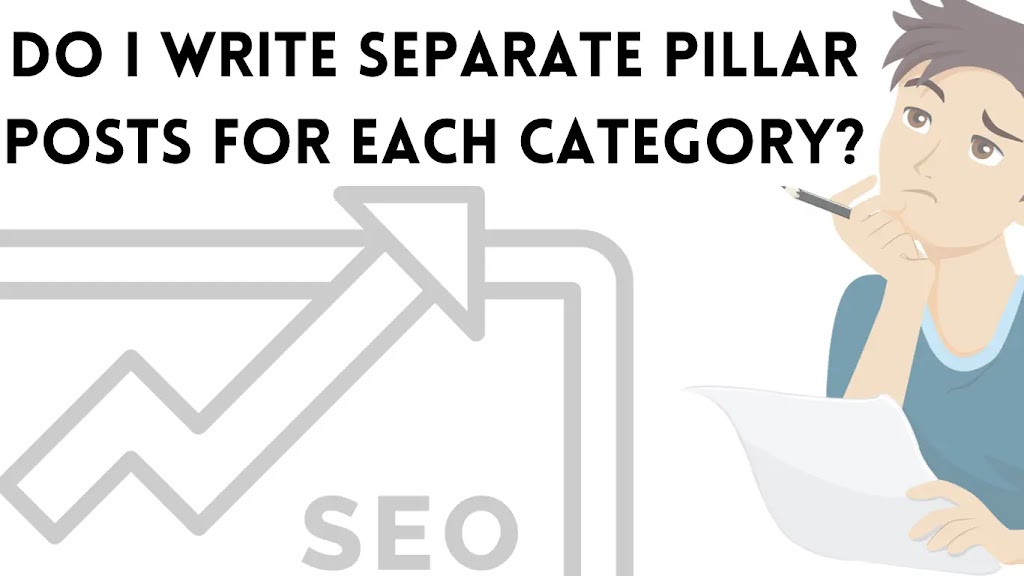You’re unsure if you need to create pillar pages. In this week’s Ask An SEO, expert Tony Wright offers his recommendations on content organization.
Robert from St. Petersburg submitted the query for today’s Ask An SEO. Robert asks:
I’m new and just getting started, so I don’t understand pillar posts.
Do I write separate pillar pieces for each category if I want to promote software, equipment, and training for a certain niche?
Should I prepare several cluster pieces in advance for publication so that I have content to link to right away?
Communicating a good content structure is a difficult undertaking for beginners.
This is not due to difficult-to-understand content structures.
By coining terminology like “Pillar Pages” and “Topic Clusters,” marketers have deceived us into using more complicated words.
A topic cluster is actually a collection of content that is focused on a single subject.
A page that serves as a category page for a topic cluster is known as a pillar page.
Okay, let’s consider this from the standpoint of e-commerce.
If my website sells widgets, weebots, and doohickeys, I want pages for each product.
This includes the pink weebot with action arms and the blue widget with a kung-fu grip.
However, I also want my website’s category pages to help guide people to my products.
Typically, the category pages include descriptions and links to a certain product category.
For instance, a category page can include descriptions of the high-quality widgets, weebots, and trinkets that I sell on my website.
In this case, though, it will also connect to a specific subcategory page since we want separate pages for widgets, doohickeys, and weebots.
This content structure offers spaces where content marketers and SEO specialists can draw the specifics.
Therefore, let’s apply the same principle to content structuring rather than e-commerce.
Even in my example, you can see how the vocabulary for the content structure navigation and the ecommerce navigation both refer to pages using terms like “category page.”
If you don’t want your Category pages to be mistaken with category pages, it’s preferable, in my opinion, to make sure everyone working in a project uses the same name for the same thing.
Are Pillar Posts Required For Each Category?
It pains me to be the one to say it, but the answer is that it depends.
How precisely do you define your categories?
Are there any categories that cross over?
Share any of your categories’ keywords?
You see, every site is unique, and I bet two experienced SEO experts would have different opinions about what has to be modified if they looked at your content structure.
Instead of the other way around, your content structure must follow that of the content.
In an ideal world, a website’s structure would be built solely around the material required to convey the meaning and value of the page.
What is the order once more?
The site structure should be established first, and then the content should be added to it.
Just be aware that if the site design is built in this particular manner, not enough information may be created to support a certain topic.
The content would then benefit if you could find pages that would fit into the site architecture and rank in the search results.
“Frankenstein sites” are created in this manner.
After gazing at the square peg and the round hole for a while, it becomes easier to imagine that they might fit together.
A square peg can never fit into a hole that you have dug, no matter how long you gaze.
However, every day we observe content architecture shoving those squares into holes.

